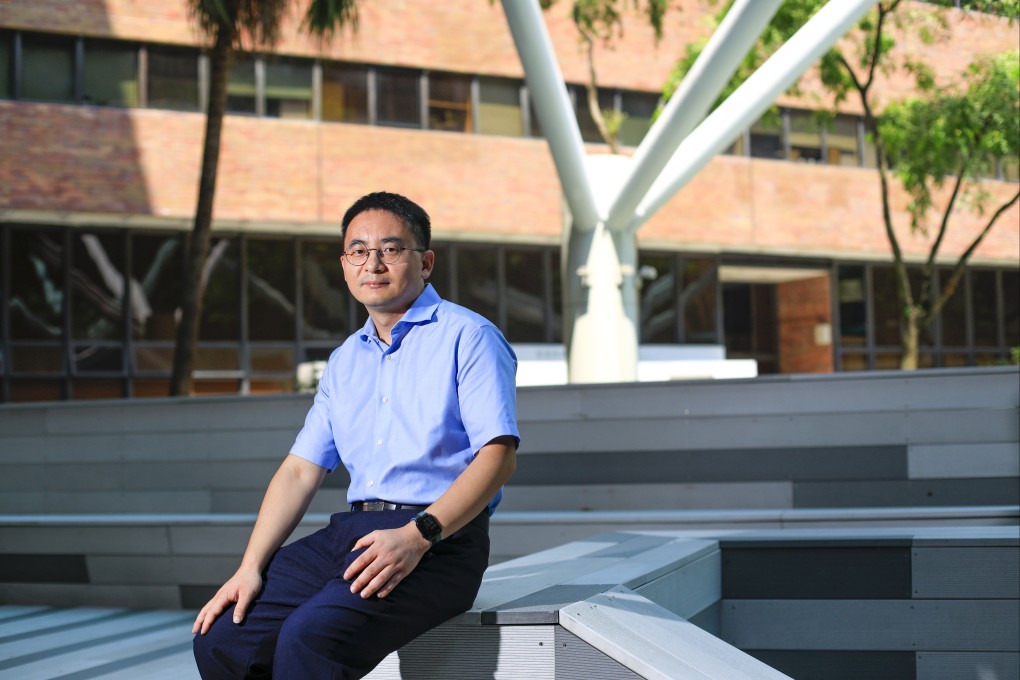Green living: award-winning Hong Kong scientist’s innovation turns sewage sludge into energy, slowing down the impact of climate change
- Sewage sludge used as feedstock to make methanol cuts down carbon emissions by a quarter compared to coal as the raw material, Polytechnic University professor Ren Jingzheng says
- If all 1,200 tonnes of sludge generated in Hong Kong every day is converted to 400 tonnes of methanol, it could cut 120,000 tonnes of carbon dioxide emissions

Hong Kong, a densely populated city where over a thousand tonnes of sewage sludge is generated per day, should develop carbon-neutral processes to turn the waste into valuable products as part of its decarbonisation strategy, according to an academic.
The carbon emission per kilogram of methanol produced from sludge is 2.1kg, a quarter less than the 2.9kg emitted if coal is the feedstock, Ren and his research team estimated.
Hong Kong imported some 3,850 tonnes of methanol – widely used as an industrial solvent – worth HK$13.6 million (US$1.7 million) from mainland China last year, according to government data.

“In mainland China, methanol is mostly produced from coal,” Ren said in an interview with the South China Morning Post. “Our process of producing it from sludge could lead to less carbon dioxide emission, but the cost will be high. We are still working on ways to reduce it.”